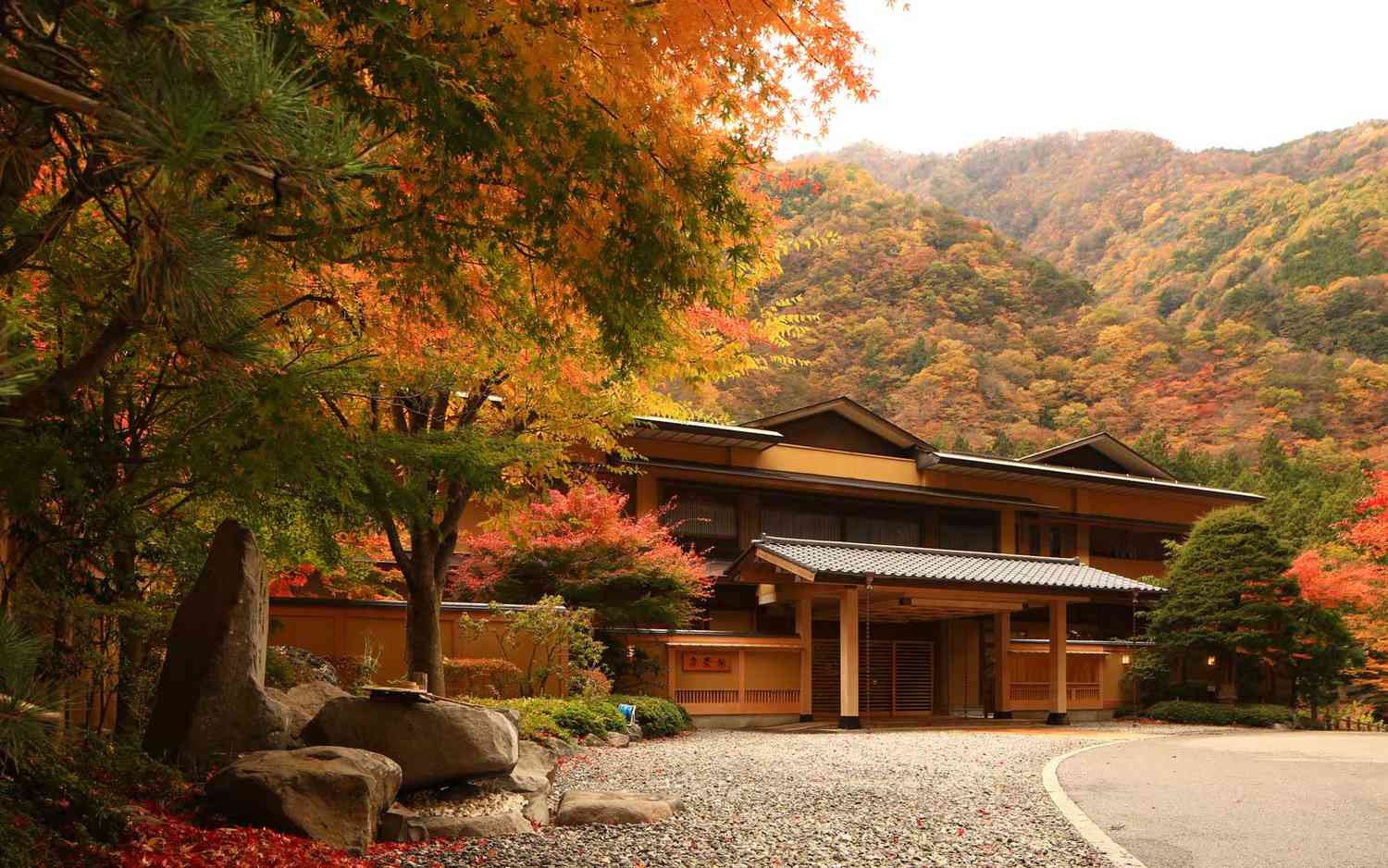
Nishiyama Onsen Keiunkan is a ryokan (traditional Japanese inn) with tatami floors, kimono-clad staff, and handwritten signs.
It is said that in 705, the eldest son of Fujiwara no Kamatari, the most powerful noble family of the time, was wandering around when he discovered a hot spring in this area.
Soon after, a traditional Japanese hot spring hotel, or ryokan, was built.
Over the past 1,300 years, many guests have visited this place to relax, from ordinary civil servants to famous generals.
In 2011, Nishiyama Onsen Keiunkan was recognized by Guinness World Records as the oldest hotel in the world , with over 1,319 years of operation.
From urban to rural
To get to Nishiyama Onsen Keiunkan, visitors need to take a bullet train from Shizuoka Station in the prefecture of the same name, then board the train and head east.
The modern world is slowly receding. Train stations are getting smaller. Some don’t even have ticket counters. The hour-long train ride offers panoramic views of Mount Fuji, rice paddies and old houses.
Guests will disembark at Minobu, a village of just 11,000 people, and wait for a shuttle bus provided by the hotel.
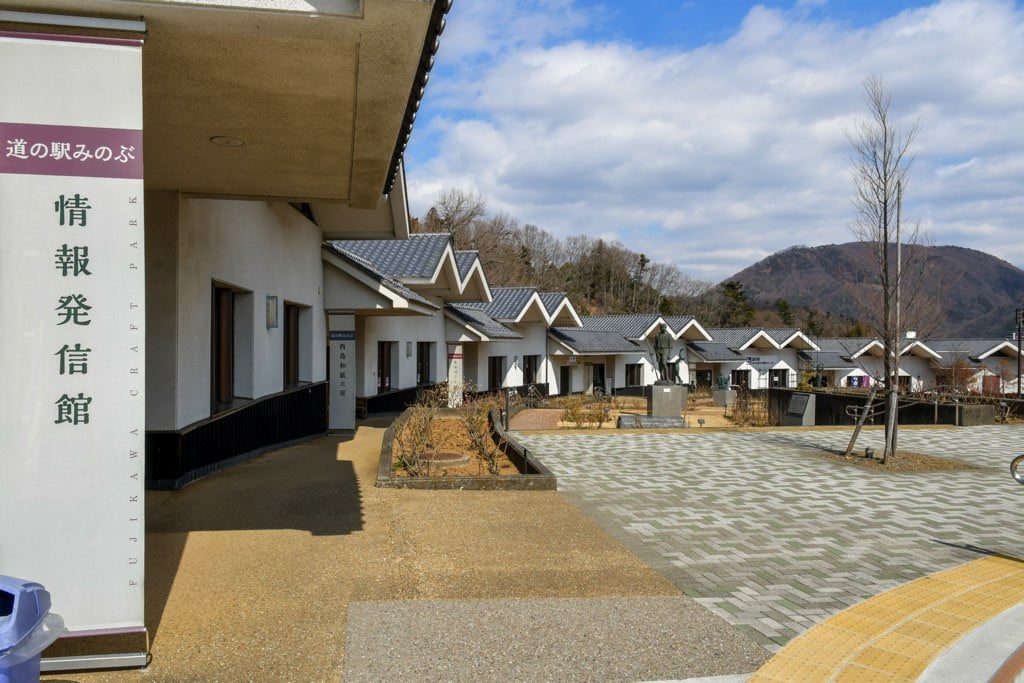
Minobu is so small that the ticket counter at the station only accepts cash payments and issues paper tickets — a stark contrast to Tokyo, where LED lights flood the streets and people pass through train gates simply by tapping their phones.
In Minobu, there are no convenience stores or fast food joints. The small streets are home to local shops that have been in business for generations.
From here, visitors must drive another hour on a winding road, deeper into the mountains of Hayakawa-cho until the hotel comes into view.
Traditional space
The standard rooms at Nishiyama Onsen Keiunkan have three sections: two sitting areas and a living space. On the walls hang kakejiku, traditional Japanese scroll paintings of natural scenes signed by the artists.
The room's windows are so large that the view of the forest ahead is like a large painting covering the entire wall. The floor is made of stone quarried in the area, the bathtub is made of wood.
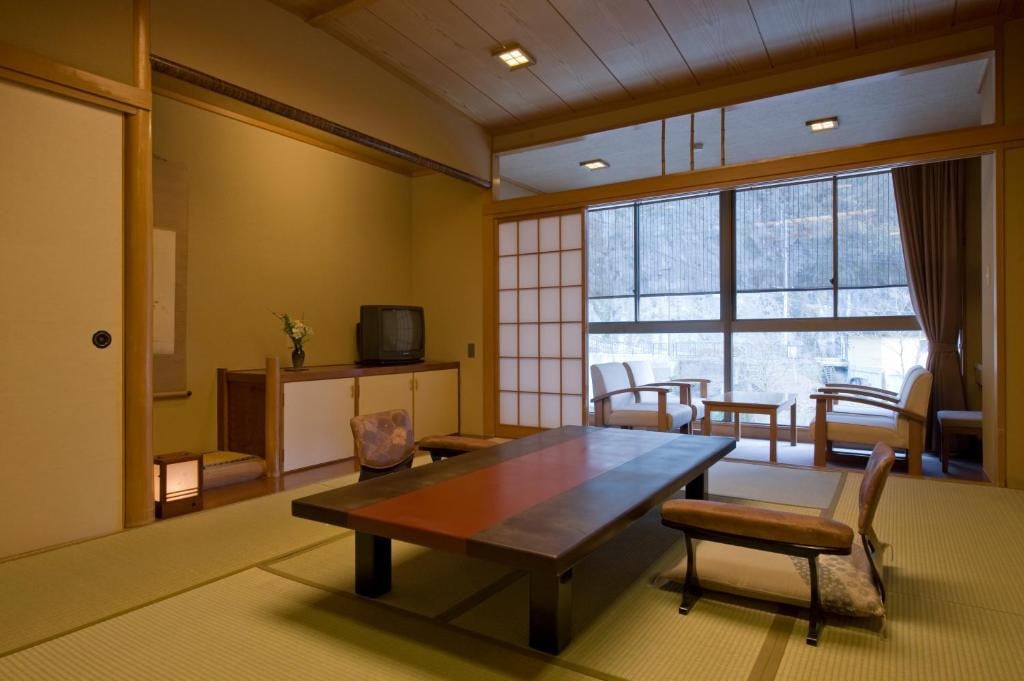
There are six hot springs around the hotel, four outdoor and two indoor. The two indoor hot springs require reservations if guests want to bathe.
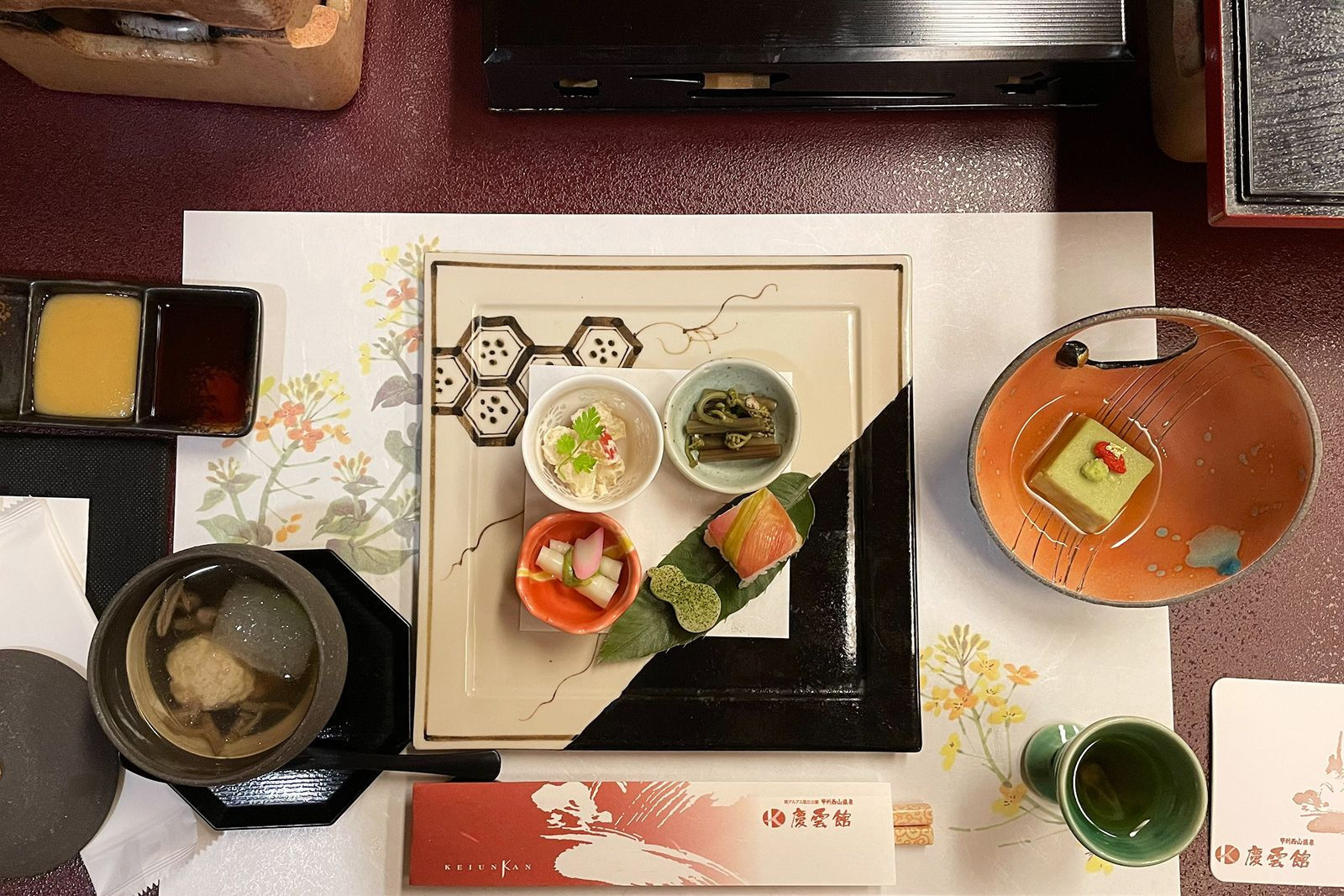
For dinner, guests can book a private room with 5 courses and local wine. The meal includes sushi, tofu and light soup followed by smoked fish, grilled meat, hot pot. When guests return to their room, they will find that the accommodation has been changed.
The living room is converted into a bedroom with soft mattresses spread out on the floor. Pillows are perfectly positioned to give guests a view of the forest when they wake up in the morning.
Hotel manager Kenjiro Kawano believes that the secluded location has helped the hotel attract customers and survive over the years. Despite its growing popularity, they have no plans to expand the hotel.
The Future of the "Next 1,300 Years"
For many years, the hotel was owned by two families. By the 52nd generation, the owners had trouble finding an heir, as there were no relatives or descendants left to take over the business. The 53rd generation manager of the hotel is Kenjiro Kawano.
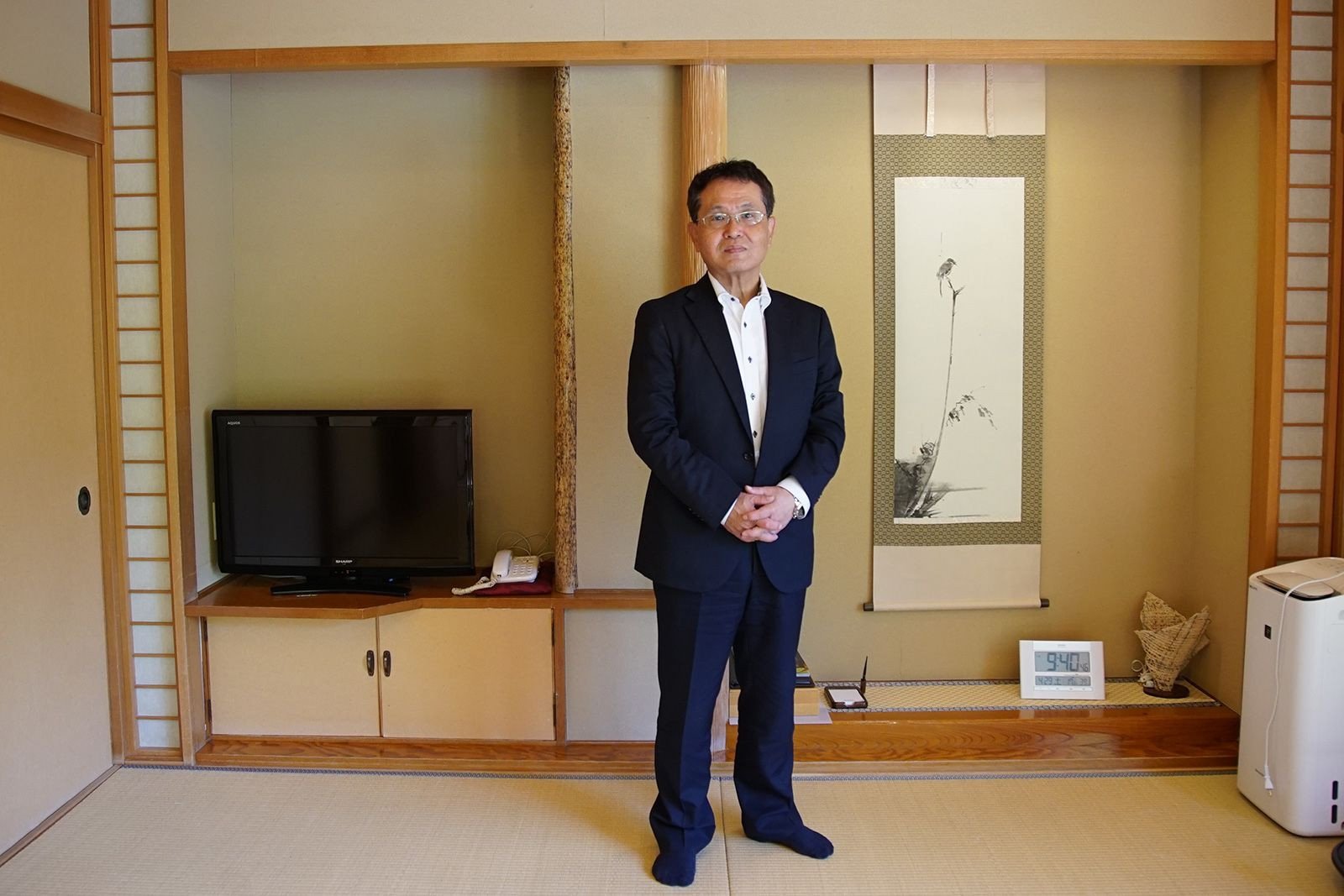
Mr. Kawano could not legally inherit the ryokan because he was not related by blood to the previous owner. To solve the problem, he took over the hotel's original shares and established Nishiyama Onsen Keiunkand.
Mr Kawano joined the hotel in 1984 at the age of 25, taking on various jobs before becoming manager. "One day, I was called into the previous owner's office. He said I would take over the business," Kawano said.
At the time, he felt a lot of pressure. "It took me six months to accept the offer," Kawano said. What worries him most now is that he could become the last generation to maintain the hotel, because no one has found a replacement.
"My mission is to maintain the hotel. By handing over the reins to the 54th generation manager, I am fulfilling my duty," said Mr. Kawano.
TH (according to Vietnamnet)Source: https://baohaiduong.vn/khach-san-lau-doi-nhat-the-gioi-hoat-dong-khong-ngung-nghi-suot-hon-1-300-nam-386953.html


![[Photo] Readers line up to visit the photo exhibition and receive a special publication commemorating the 135th birthday of President Ho Chi Minh at Nhan Dan Newspaper](https://vphoto.vietnam.vn/thumb/1200x675/vietnam/resource/IMAGE/2025/5/17/85b3197fc6bd43e6a9ee4db15101005b)


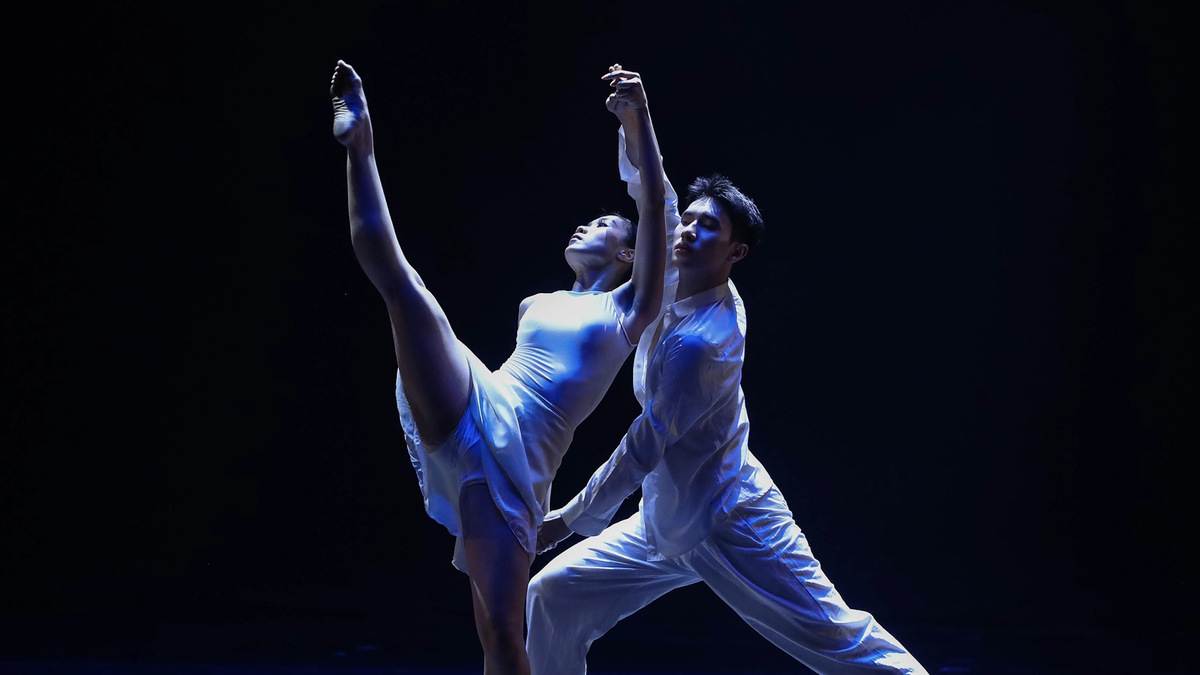
![[Photo] Nearly 3,000 students moved by stories about soldiers](https://vphoto.vietnam.vn/thumb/1200x675/vietnam/resource/IMAGE/2025/5/17/21da57c8241e42438b423eaa37215e0e)
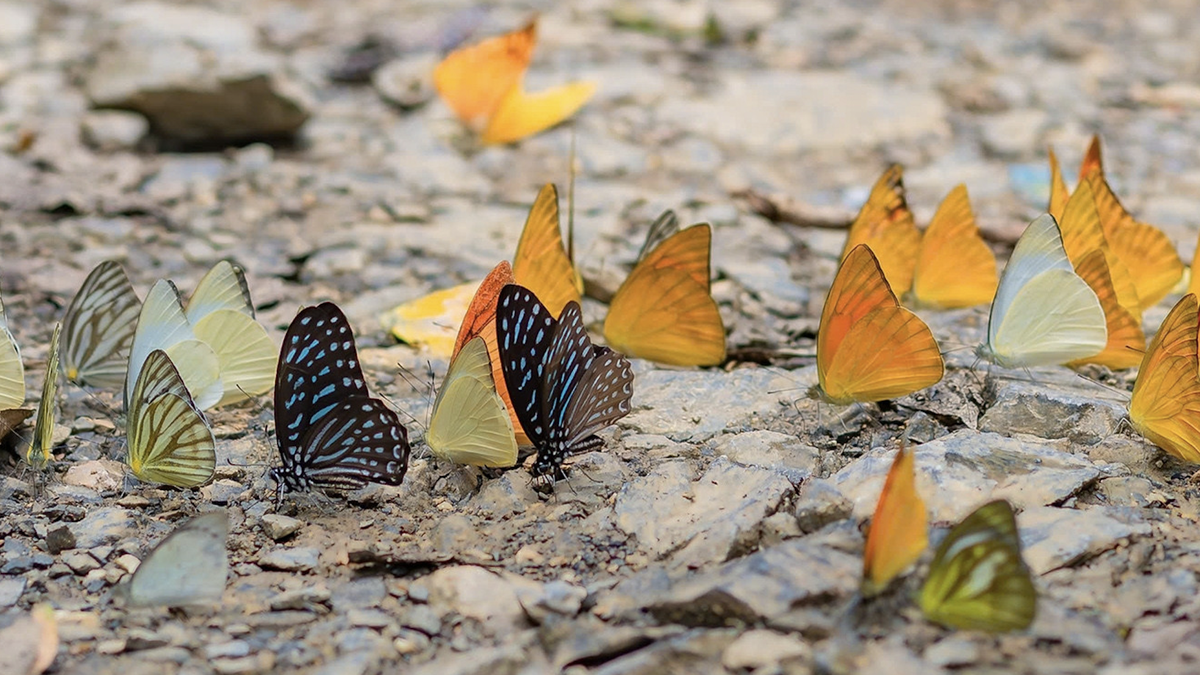


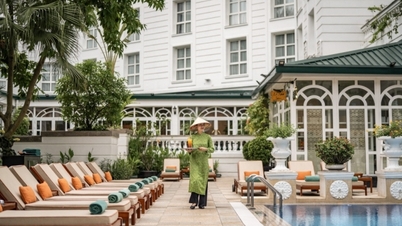
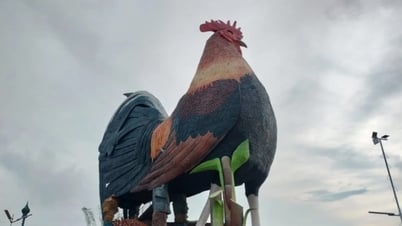



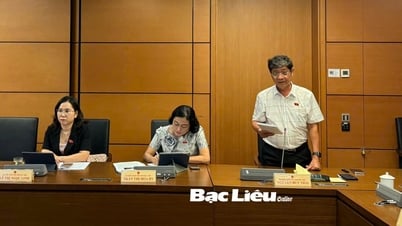
![[Infographic] Numbers about the 2025 High School Graduation Exam in Dong Thap Province](https://vphoto.vietnam.vn/thumb/402x226/vietnam/resource/IMAGE/2025/5/17/c6e481df97c94ff28d740cc2f26ebbdc)
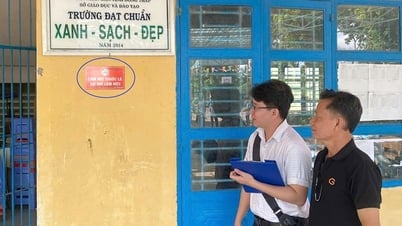

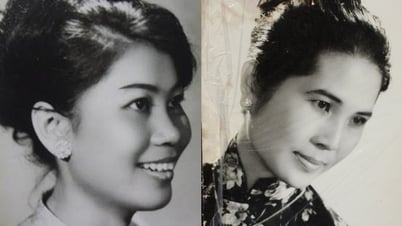

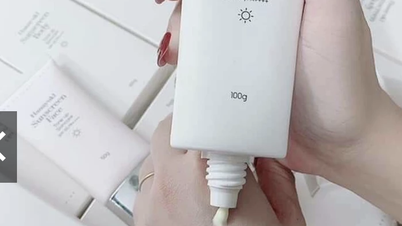





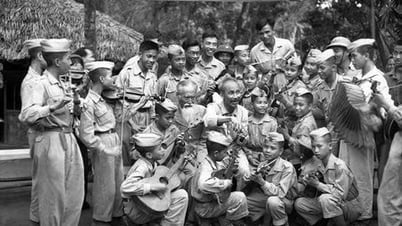




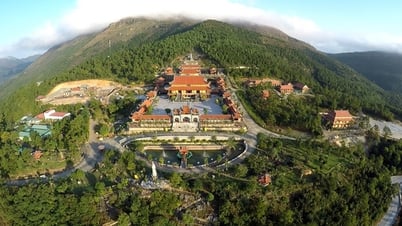

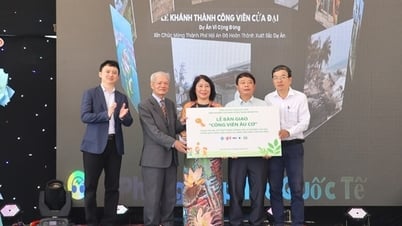

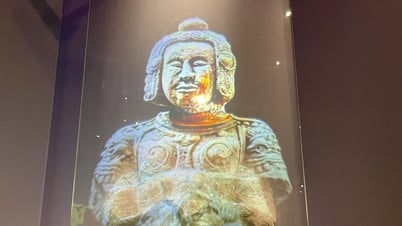





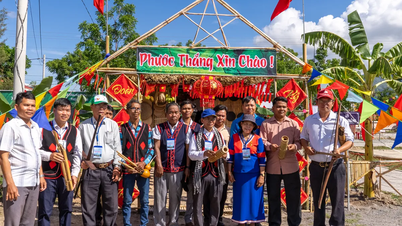



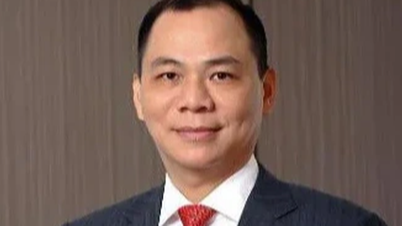



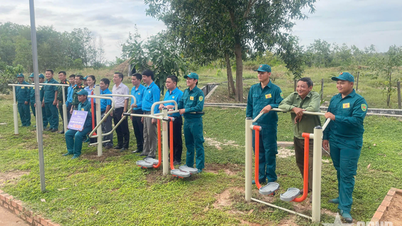





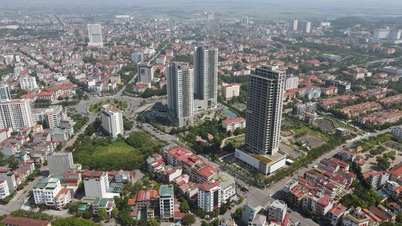














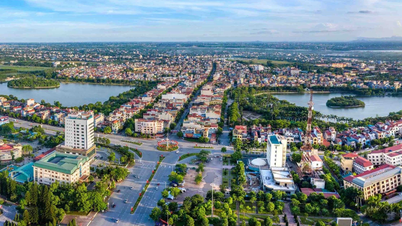



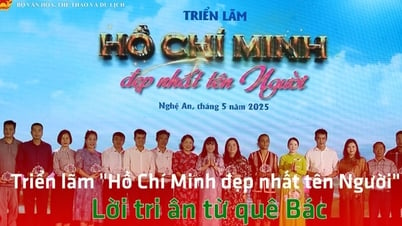




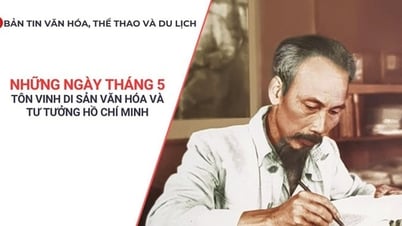
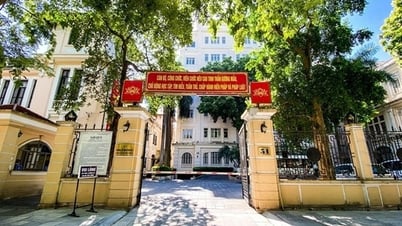

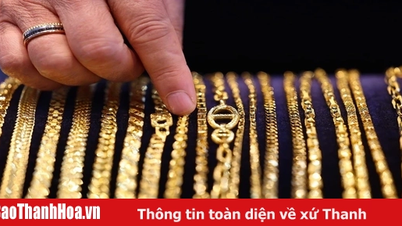



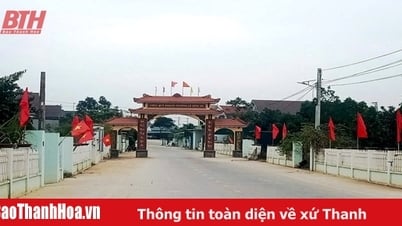
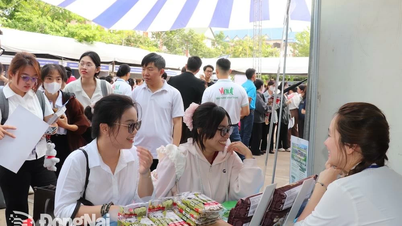


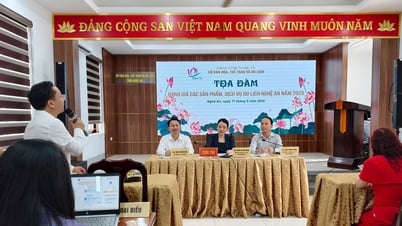









Comment (0)